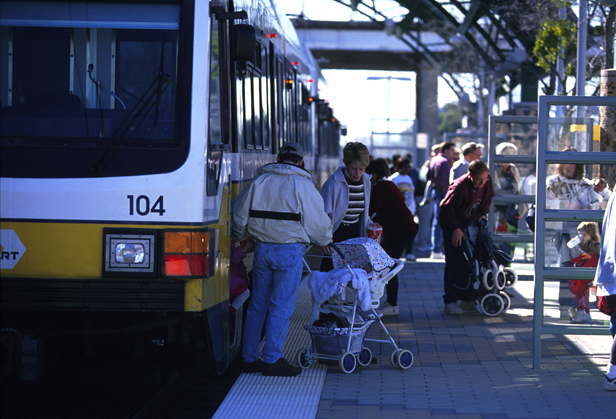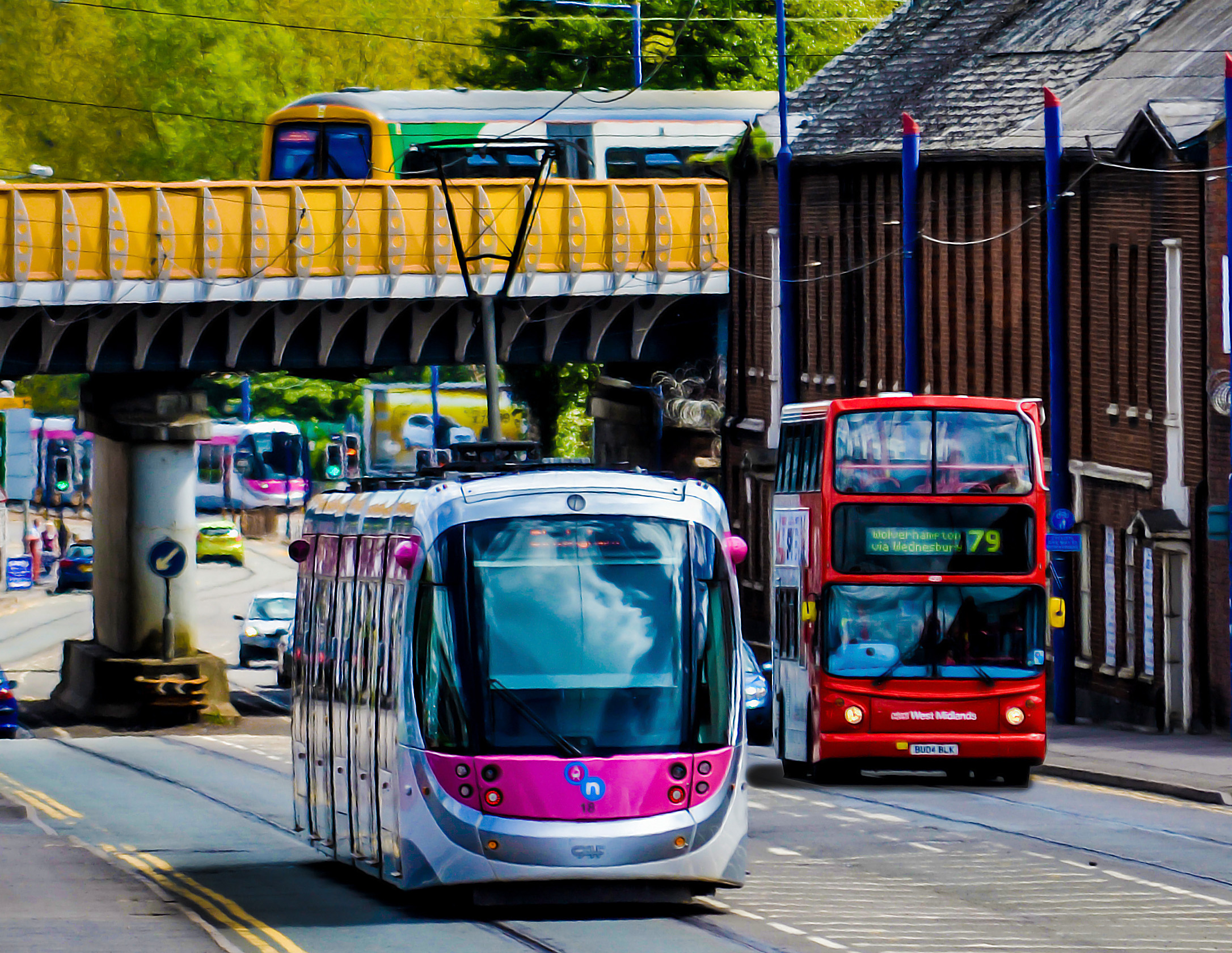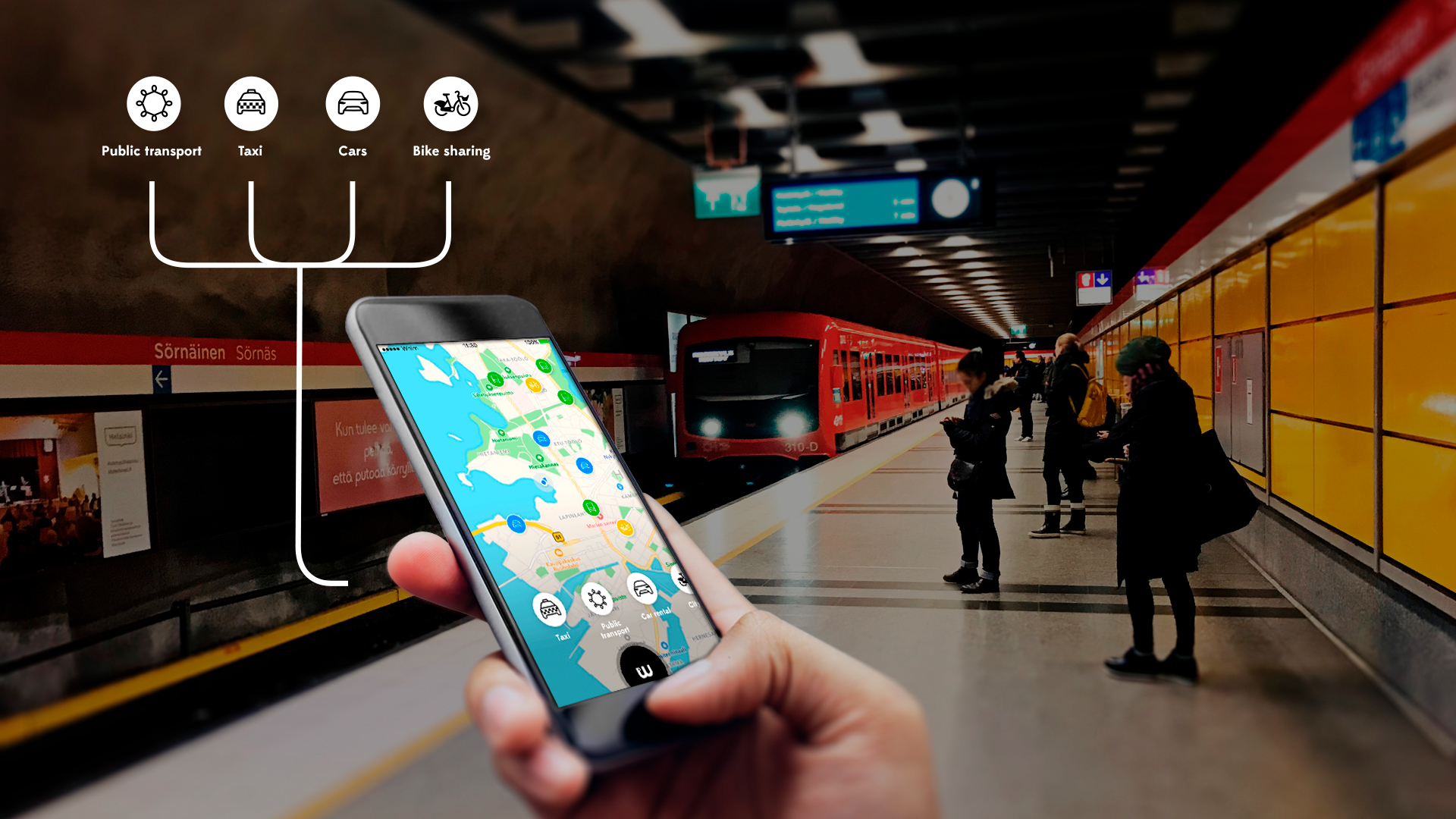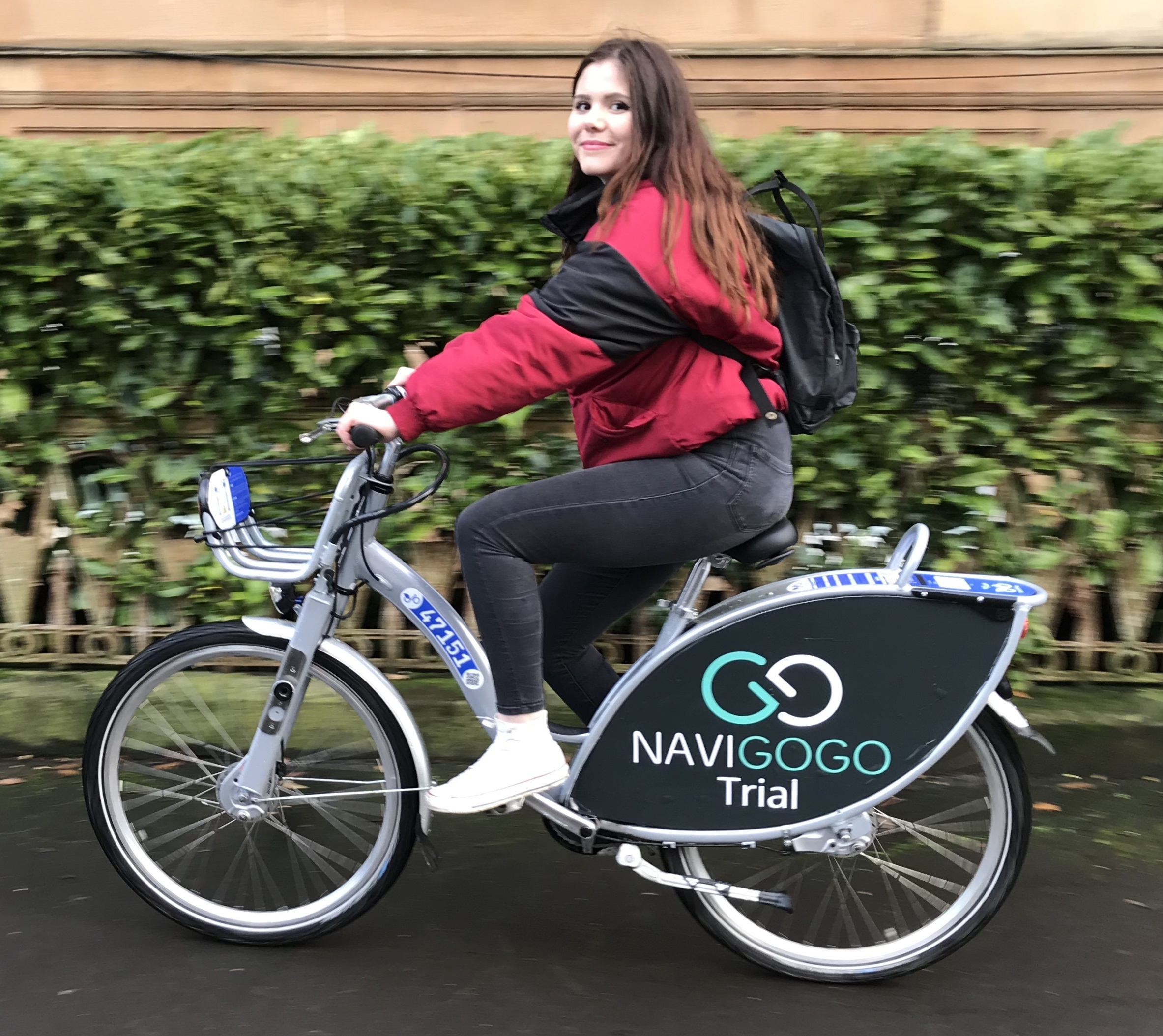
What started five years ago as a mobile ticketing app is evolving towards a full MaaS offering for the US city of Dallas, Texas. Colin Sowman finds out why and how
When it was launched in September 2013, GoPass was the first multimodal, multi-agency transit fare payment app in the US. Introduced by the
While the two apps are not yet fully integrated, the path of their evolution suggests this is a likely next move. But how is it that Dallas is heading towards building its own
Tina Mörch-Pierre, assistant vice president, Payment Systems, explains that the authority partnered with Danish company Unwire to implement an open platform mobile ticketing app which also has a trip planning component and a ‘where’s my bus/ where’s my train’ function.’
About a year after GoPass was introduced the authority started partnering with
“As we were already in the vanguard of the mobile ticketing app movement, we could rethink how we develop this into what we now know as Mobility as a Service but initially we called it mobility on demand.”
While many argued that is the basis of existing public transport services, the big change was in thinking about how these services were consumed by users and how to use technology to pull all these services together to meet travellers’ needs.
Thomas: “So often in public transport we provide a service and say, ‘here it is - use it or not, it’s your choice’ and historically we haven’t given the users’ preferences much consideration. As we move forward the opportunity is that with technology and the appropriate partnerships, we can pull together all the different modes to provide users with choices. And public agencies are probably in the best position to pull together these services and provide the user with choices.
“For instance, giving the user the choice to select the quickest or cheapest journey or perhaps they have a preferred mode they wish to use or they may have a disability which limits their travel options. We want to respond to those requirements – after all, that is where everything else in the world is going, with people ordering items on their phone for delivery to their door.
“And that’s where we need to be headed with transport, so we are putting together the pieces to make such services a reality in the Dallas area.”
GoLink is part of that move. Currently in the pilot stage in six locations, the service is aimed at areas that do not have good public bus services – possibly low-density areas or locations which have traditionally had low ridership (which has always been a Catch 22 situation as reducing services prompts users to look for alternative means of transport). Thomas gives the example of a scheduled fixed route service that ran once an hour. “If you were there great, but if you missed it you had to wait for another hour.
“The only people who will use a bus that runs every 60 minutes are those who do not have a choice and quite frankly that’s just a bad service.”
By using GoLink the hourly bus has been replaced by an on-demand service and the average waiting time is now 10 minutes. “That’s a game-changer for people in that community, and we’re starting to see some ridership growth there compared with the fixed route service GoLink replaced” Thomas says.
While those in poorer households may not have access to Wi-Fi either at home or in the community, most individuals do have a smartphone because that’s their link to the world, so an app-based approach gives people access to public transport without having to wait an hour for the bus. “That access to on-demand services somewhat levels the playing field, giving poorer communities good access to the whole public transport network and jobs.”
Currently, the service uses 15-seater buses and the authority is looking to supplement these with vehicles from transport network companies, such as Lyft and Uber, if demand rises to a point where wait times start to increase. However, Thomas stresses the authority’s insistence on ADA-(Americans with Disabilities Act) compatible vehicles for services it contracts and says the intention is to integrate these services into the GoPass app.
The need to provide transport for less affluent people and communities was also a key driver behind the recently introduced second generation of GoPass which now allows individuals to use cash to top-up their GoPass ‘wallet’ at any one of 650 local retail outlets across the region.
“Previously the app was tied to a credit card. But there are people who, either by choice or circumstance, do not have a credit card and so they couldn’t use GoPass. Now they can have the benefits of GoPass with or without a credit card – and that’s important,” he stresses before adding: “The big opportunity is coming up next month [August] when we will restructure the fares. This will include fare capping,” says Thomas, adding: “We’re excited about this.”
Currently travellers have the choice of buying daily, weekly or annual passes and the monthly pass gives a price break (costing the equivalent of 16 daily passes). “But people with low-incomes may not have the money to purchase a monthly pass upfront, so they have to buy their passes a day at a time. This means they are paying more for the service than anybody else.”
With the new GoPass app, when an individual has purchased tickets on 16 days in the month, the rest of that month is free. In addition, the new pass will calculate the least expensive way to get to (and from) the chosen destination in a 24-hour period.
The attraction of a smartcard in terms of convenience and public acceptability has not diminished, so Dart is introducing its own version – GoTap. Users will be able to pick up the GoTap card at numerous retail outlets for $6 (for which they get $6 worth of travel) and will be able to top it up with cash or link it to a credit card in the same ways as the GoPass app.
According to Nicole Fontayne-Bárdowell, executive vice president and chief administrative officer, GoPass currently accounts for around 20% of ticket sales and this figure ratchets up every year during the state fair as new users download the app to visit the event and having done so, a proportion continue using it. So what’s next for Dart – introduce a full MaaS platform or make way for a third-party provider?
That decision has already been taken as GoPass 3.0 is in the planning stage and will incorporate many of the features of a full MaaS platform. This includes allowing users to input their travel preferences and covers modes from trains to scooters, dynamic car sharing and GoLink options as well as a taxi-hailing function. Furthermore, it will enable users to choose between speed and cost for each journey while enabling them to make a single payment for end-to-end transport.
Most of the components will be fully integrated but some, possibly the transportation network companies (TNCs), will be app swaps. “We will have all the APIs (application program interfaces) and app swaps that will allow us to seamlessly move users to, and receive users from, different providers and pay for everything in one place. In 2019 we expect to be integrating the rest of these components on our app but this depends on the willingness of the other providers to join in.”
Globally there has been reluctance on the part of some of the TNCs to provide a partner authority with access to their API information in order to fully integrate into MaaS-style apps. Thomas sees this as an obstacle to their involvement and says: “The software to do public, on-demand transport – the TNC approach – is not magical. We’ve talked about doing our own on-demand service which would also allow us to set our own insurance level requirements, carry out thorough background checks on potential drivers and ensure ADA-accessible vehicles. We are looking seriously at this if the existing TNCs are unwilling to allow us to fully integrate. Uber and Lyft drivers are independent contractors and many work for both companies, so we’d want to look at that and ensure the service is properly regulated and policed.”
While Thomas is interested in levelling the transportation playing field for all residents, he accepts other providers’ primary focus may be elsewhere - on a particular segment of the market or simply their bottom line. “We appreciate that approach, but our job in public transport is to provide transportation choices and equity and that’s why I believe the public transport sector is uniquely positioned to put a MaaS-style system in place.”












